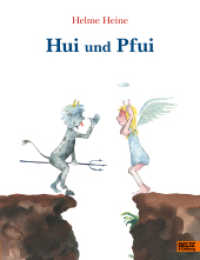- ホーム
- > 洋書
- > ドイツ書
- > Humanities, Arts & Music
- > History
- > prehistory
Description
(Text)
The Urnfield Culture brought the Bronze Age era to a close. In this volume, man is subjected to a comprehensive examination, from his environment to his lifestyle, right through to burial. Lower Austria is presented as a core area of central Europe. Aspects considered include the landscape and environmental conditions as well as the cultural and economic significance of this era. Presenting the current state of the art in research and pointing out the limitations and possibilities connected with interpreting archaeological phenomena is a core concern for this interdisciplinary team.Starting in the 13th century BC, history entered a climatically favourable era which engendered an increase in population. A new cultural group was established in Central Europe in which cremation of the dead was the predominant practice and which has therefore been named the Urnfield Culture. The rural farming economy continued to be the defining social element. Households were characterised by a marked variety in ceramic shapes and decoration. It was also a period in which bronze metalworking reached its high point. Extensive trade relations and fortified central places are evidence of the level of prosperity at the end of the Bronze Age. Furthermore, it was in this period that the first iron objects were produced, initiating the transition to the Iron Age.
(Author portrait)
ist ehemalige wissenschaftliche Mitarbeiterin am Österreichischen Archäologischen Institut der ÖAWist freiberufliche Archäologin in Krems an der Donauist ehemalige wissenschaftliche Mitarbeiterin am Österreichischen Archäologischen Institut der ÖAW








